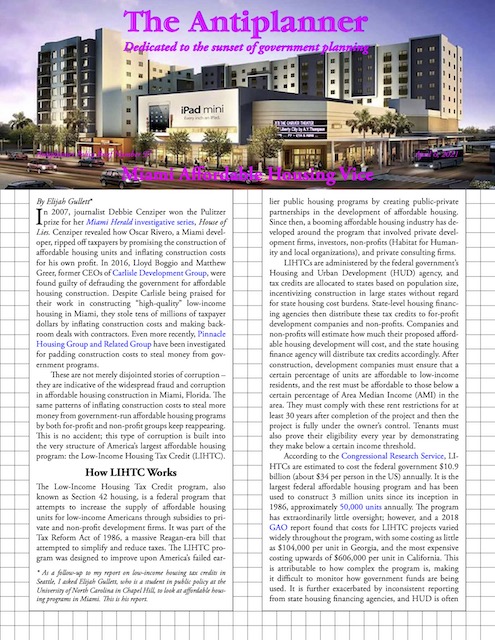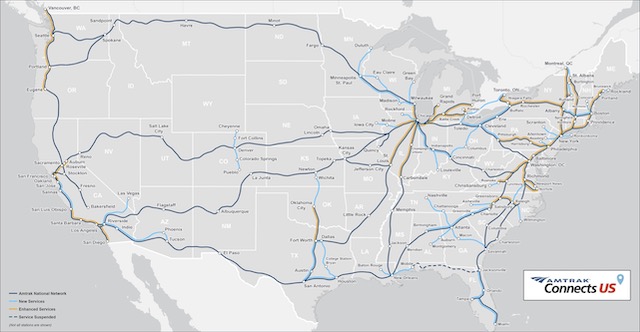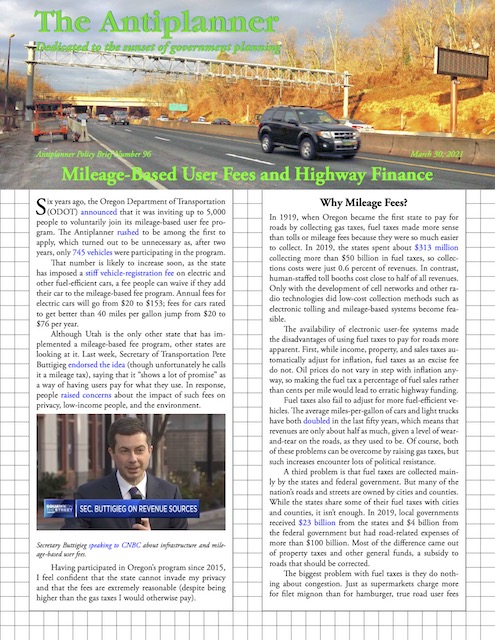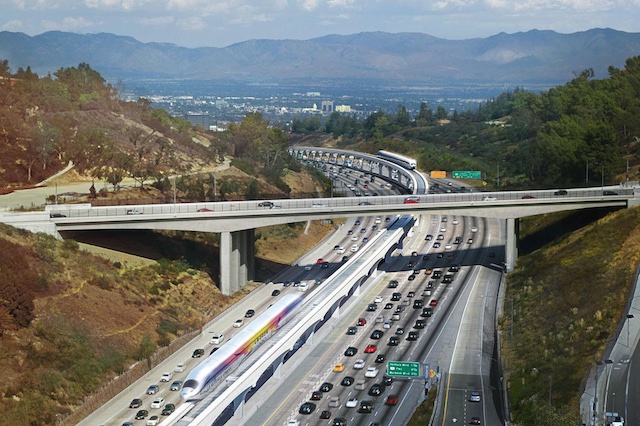A proposed maglev line between Washington and Baltimore will disrupt 1,000 acres of “parks, recreational facilities and wetlands,” according to a recently released draft environmental impact statement (DEIS) for the project. That’s a lot of land considering that all but nine miles of the project would be underground. While 180 acres are for a maintenance facility, the remaining acres represent a right-of-way that is an average of 750 feet wide.
This potential disruption has raised the ire of the local chapter of the Audubon Society, which is opposing the plan. As the Antiplanner recently noted, such land disruptions will be an issue for all high-speed rail lines, and in that analysis I was clearly being conservative in assuming a mere 80-foot right-of-way. By contrast, airlines don’t need any right-of-way once they leave the airports.
Bird watchers are not the only opponents of the maglev plan. NASA has facilities that “require minimal disturbances from vibration, artificial lighting and electromagnetic interference,” it says, and it opposes the location of the maglev because it will disturb those facilities. City of Washington planners warn that a proposed station near Mount Vernon Square would destroy the character of that neighborhood. Continue reading











